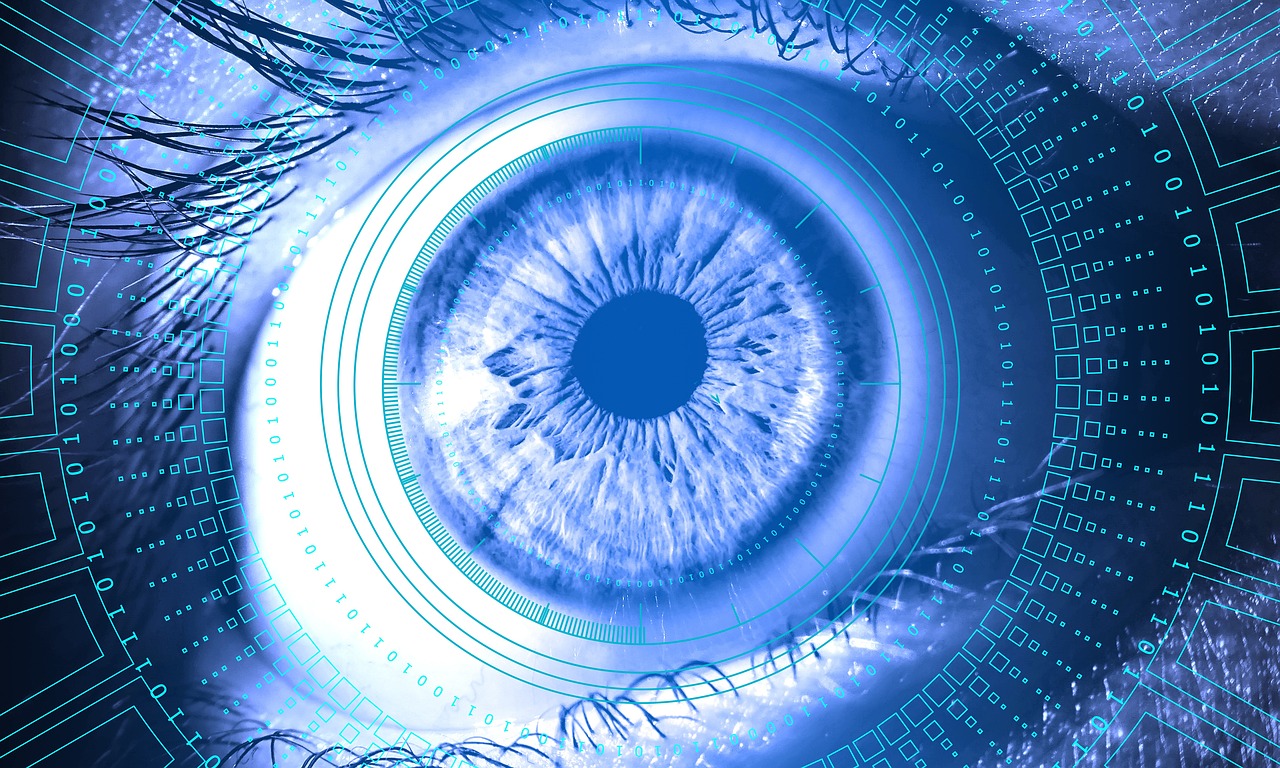Artificial Intelligence in Cybersecurity: Detecting and Counteracting Threats
Artificial Intelligence (AI) is a field of computer science that is becoming increasingly prevalent and influential in many aspects of our lives. One of the areas where AI plays a pivotal role is cybersecurity. As we face increasingly sophisticated and refined cyberattacks, AI becomes an indispensable tool in detecting and counteracting threats. This article is dedicated to the role of Artificial Intelligence in cybersecurity, as well as its impact on enhancing security in the digital era.
Cybersecurity has become one of the most significant challenges of our times. As our digital infrastructure grows and becomes more complex, so do the opportunities for cybercriminals. Attacks on IT systems, data theft, ransomware, and many other forms of threats pose a genuine risk to companies, institutions, and private individuals. Traditional defense methods often prove insufficient in the face of newer, more advanced attacks.
In this context, Artificial Intelligence emerges as a technology with the potential to change the rules of the game in cybersecurity. AI employs advanced machine learning algorithms to analyze vast amounts of data, allowing for the swift detection of malicious behaviors and attempts at unauthorized system access.
Artificial Intelligence in Cybersecurity
In today's globalized and integrated world, our digital presence has become an integral part of life. We conduct businesses online, use online banking services, and store sensitive data in the cloud. All of this makes our IT systems constantly under pressure from cybercriminals who continuously refine their attack methods. In response to this challenge, Artificial Intelligence becomes a key tool in cybersecurity.
Using Artificial Intelligence in cybersecurity means employing advanced machine learning algorithms to analyze, process, and understand data related to network traffic and activities within IT systems. The main goal of AI in this context is to identify potential threats and attack attempts and respond effectively before they cause harm.
Use Case Examples:
1. Detecting Unknown Threats
One of the primary applications of AI in cybersecurity is its ability to detect previously unknown threats. Traditional defense systems rely on signatures, patterns of known attacks. However, cybercriminals continually devise new attack methods. Thus, AI is invaluable, analyzing network traffic and looking for unusual behaviors indicating previously unidentified attacks.
2. Identifying Phishing Attacks
Phishing is one of the most popular techniques used by cybercriminals. AI can analyze email contents and web pages, searching for suspicious elements such as fake login pages. This allows for the effective blocking of data phishing attempts, crucial in protecting users' privacy and security.
3. User Behavior Analysis
AI can monitor user behaviors on the network, identifying potentially suspicious actions. For instance, if an employee tries to access sensitive data without proper authorization, AI can detect this and notify the security team. This leads to a rapid response and the prevention of potential threats.
Effects of Application:
1. More Effective Protection Against Cyberattacks
AI can operate in real-time, allowing for immediate responses to threats. This, in turn, minimizes the risk of significant damage from attacks.
2. Reduction of False Alarms
AI can more accurately recognize real threats, reducing the number of false alarms that could burden the security team.
3. Time and Resource Savings
The automation of threat detection and response processes allows organizations to save time and resources that can be better utilized elsewhere.
Artificial Intelligence in cybersecurity not only enhances our ability to respond to threats but also facilitates the construction of more advanced defense strategies. Collaboration between humans and machines becomes a crucial element in effectively safeguarding the digital world. It's worth noting that the evolution of AI in cybersecurity is dynamic, and the future will bring even more advanced solutions that will help maintain safety in the digital age.




